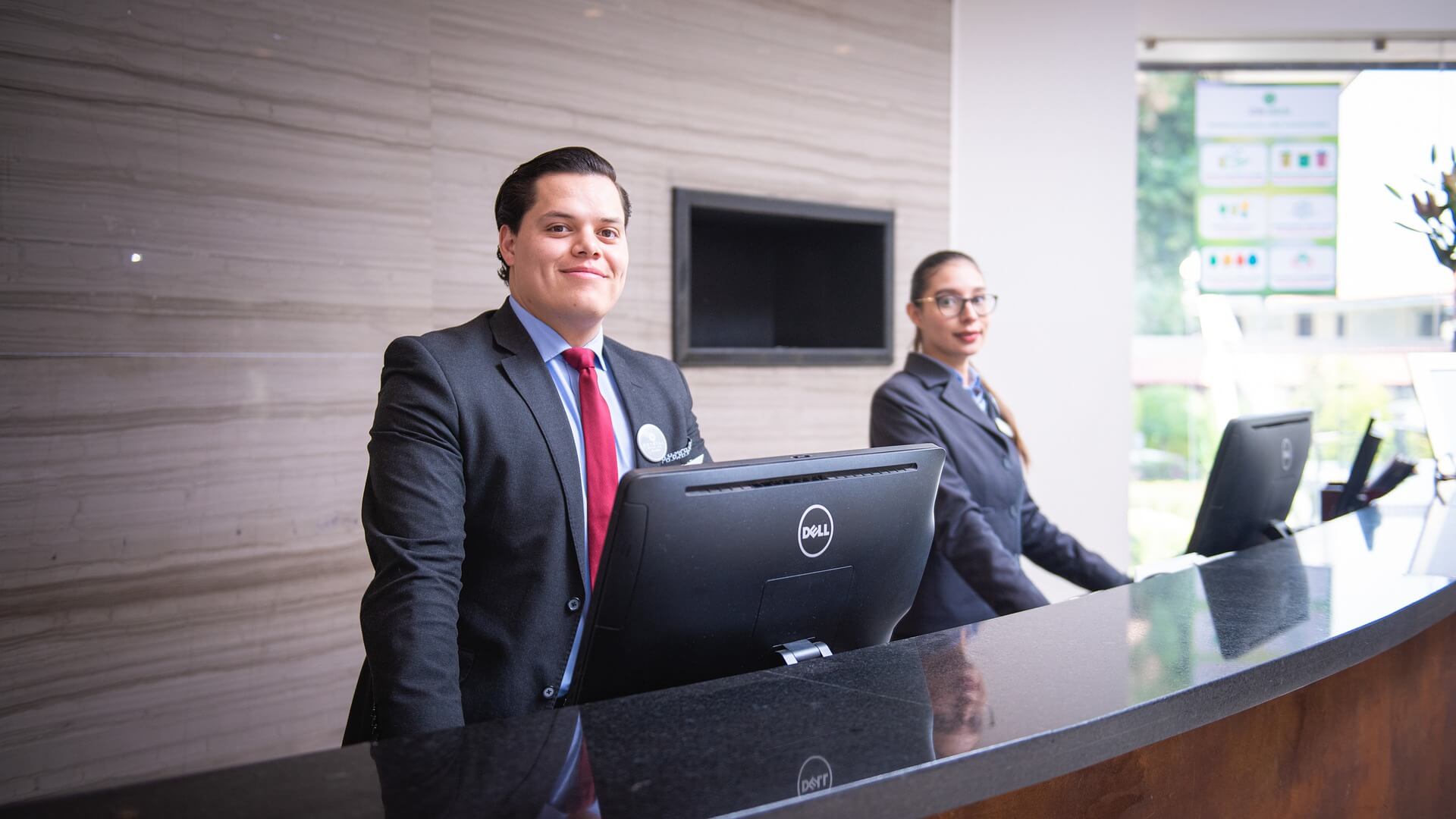Are You Open to Team Feedback?
by David Klemt

Is your staff comfortable with providing workplace feedback and offering their ideas to improve the business?
If so, that’s a great sign. Sure, there’s the obvious reason: team members aren’t afraid of leadership.
However, it goes deeper. It also indicates staff buy-in, engagement with and interest in the success of the business, and a sense of brand ownership.
Of course, such comfort also indicates that you’ve assembled a leadership team that leads with positivity, not fear or intimidation.
Accepting New Ideas
This topic ties into an anecdote Chef Brian Duffy shares on episode 53 of the Back Hacks podcast.
Expanding on the subject of treating staff well and sharing information, Chef Duffy shares that a back-of-house team member showed him something.
This member of the kitchen team grabbed a box grater, some herbs, and showed the chef how to separate leaves from stems.
In response, conjuring his best impression of TikToker Khaby Lame, Chef Duffy simply pinched the herbs with his fingertips and separated them with a simple pull.
So, the chef wasn’t convinced using a box grater to separate herbs was an improvement. That’s not the true point of the story.
The actual takeaway is that this kitchen staff member was comfortable with approaching Chef Duffy.
That the idea he presented wasn’t embraced doesn’t matter. The worker wasn’t made to feel as though new ideas were unwelcome.
Will every idea be great? Probably not. But will making it clear that leadership is open to new ideas pay dividends? Absolutely.
For the most part, if your team is recommending things that will improve the business, it means they’re engaging. An engaged team is a happy, dynamic team that in turn creates guest engagement. An engaged guest base is loyal and gives you repeat business.
Accepting Feedback
The other side of this coin is workplace feedback. Obviously, this can be tougher to swallow.
After all, if a team member is suggesting internal improvements, they’re usually identifying what they see as operational problems.
On the lighter side, such suggestions could address training shortfalls or persistent scheduling problems.
However, on the darker side, staff feedback may expose toxicity within the team, or from leadership or ownership.
As KRG Hospitality president Doug Radkey makes clear, and as Chef Duffy says on Bar Hacks, we’re in a new phase.
Operators are facing the same labor struggles as many other industries. Our workforce isn’t afraid to put their feet down or use them to walk out and never return.
Staff want to be heard. More importantly, they want ownership and leadership to act on their feedback. And most importantly, they want respect.
You and your leadership should communicate clearly that staff feedback is welcome. Some scheduling platforms make it easy for staff to reach out and offer feedback.
Leadership Buy-in
Now, will every bit of feedback lead to operational changes? No, of course not. But every bit deserves consideration, discussion among the leadership team, and a decision whether to make a change or stay the course.
However, the real key is your buy-in here, not just your staff’s. If you’re unwilling to implement a feedback policy that you’ll actually treat respectfully, don’t do it all.
Once you make feedback a part of your operation, you have to commit to utilizing properly. Otherwise, your workplace will suffer, guests will pick up on it and avoid your business, and your turnover rate will increase.
If you’re open to new ideas and feedback, communicate that with your staff. Ensure your leadership team feels the same way. If you’re not open to any of this, well, there are much deeper issues that need addressing.
Image: Arek Socha from Pixabay







